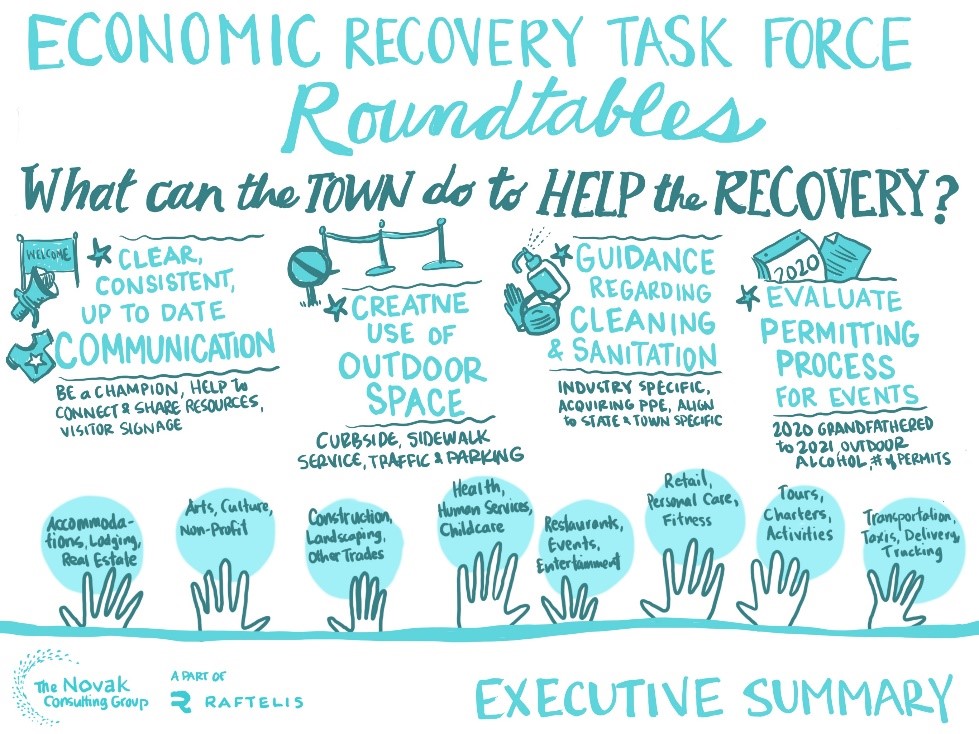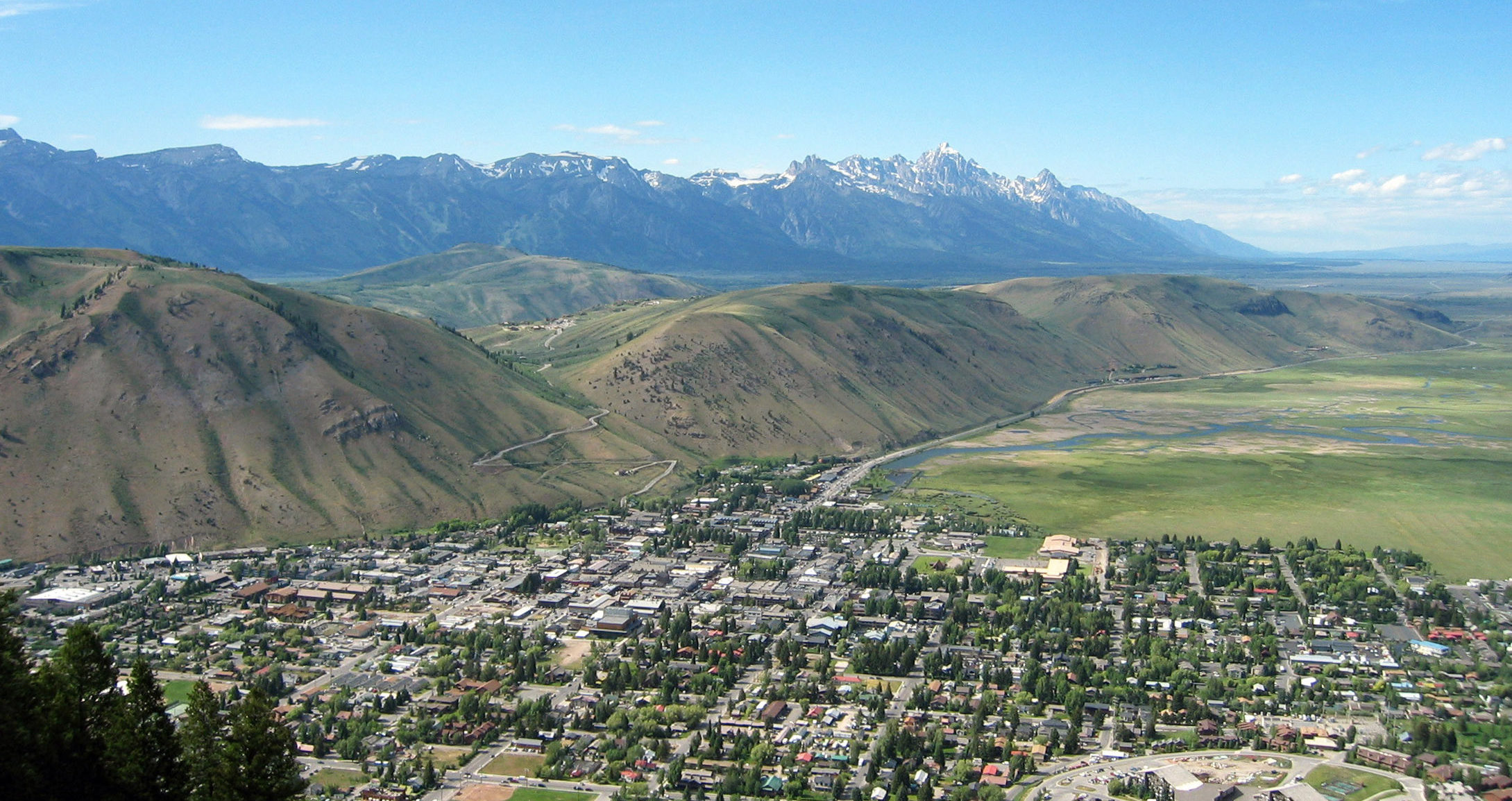
Authors:
Melissa Elliott, Director of Strategic Communication Services (Email)
Matt Wittern, Senior Consultant (Email)
Sam Villegas, Senior Consultant (Email)
Local governments and public agencies have long yearned for a way to end the public participation expectation of “three minutes at the microphone” during a public meeting. The lessons we’ve learned using virtual engagement with our communities is one of the bells that will not be unrung as we return to traditional ways and places of work.
Embracing virtual stakeholder engagement strategies can help the public sector move forward with critical outreach to inform policy decisions while keeping customer voices at the forefront of even controversial issues.
Sharing information. Encouraging dialogue. Discussing trade-offs. Finding common ground. Building consensus. For years, the root of our work has been to bring people together. We often eschewed suggestions that public engagement goals could be accomplished any way other than in person.
All that changed when communities announced shelter in place orders designed to slow the spread of COVID-19. While some Raftelis clients tapped the pause button on projects hoping for a quick return to normal, others had to press on. Financial analyses had to proceed, water rate studies had to remain on-schedule, and strategic plans could not wait.
Policymakers and elected officials understand the power of successful community engagement to guide and defend policy. Many clients imagined the possible blowback if the process continued without stakeholder involvement; they understood that just as before, such things can’t be developed in a vacuum. They turned to us, and we found new tools.
We all have our favorite tools for facilitating discussions when we’re physically present; the COVID-19 crisis gave us the opportunity to try out new ones.
Setting up rooms has become a little easier for us since the start of the pandemic. Instead of being there an hour early to set up tables and chairs, make sure refreshments are available and affixing giant sticky notes on easels, today room setup starts with a few clicks of a mouse.
We’ve had success with a variety of platforms – one that immediately comes to mind will no doubt be seen by historians as a winner during the time of COVID is Zoom. From video calls to organizing work among teams to virtual happy hours to engaging with stakeholders, Zoom was all over the media with good reason. The platform is among the most intuitive and least technologically threatening, which lowers barriers to participation. Recent updates make it secure too. We’ve always sought ways to make it convenient for stakeholders to join in the conversation, and this was a continued focus as we transitioned to online-only collaboration.
Other winners have been platforms like Microsoft’s Teams, LogMeIn’s GoToMeeting.com and Webex from Cisco. Each have their similarities and differences, but on the whole all are effective. We didn’t find one strong leader among them, and often selected the platform based on the client’s comfort level or their desire to host the event.
Miro is a web-based whiteboarding platform that enables users to create, discuss, collaborate and share concepts in a highly visual and interactive manner. We used this successfully to facilitate a strategic planning session for a major city on Colorado’s Front Range. Using Zoom, we were able to simulate being in the room with dozens of employees. Miro enabled us to share concepts and ideas that achieved the goal of developing a strong mission statement for the city.
We’ve long been fans of clickers – tiny devices that when distributed to participants at a public meeting enable voting that often reveals the silent (or quiet) majority hidden among the vocal minority. It was as simple as showing a multiple-choice question on the screen, giving people a chance to respond and watching the results come in.
In the time of the pandemic, the clickers remained in their charging station in an office nobody has visited for 12 weeks. As they slept, their virtual cousins have risen up.
Turning Technologies (inventors of the clickers themselves) offers a robust virtual audience participation program that is so good it might just make the clickers obsolete. TurningPoint web is the web-based polling system that enables the same great integration with PowerPoint, but instead of clickers, participants can use their phone, tablet or computer to log their preferences.

The Nantucket economy is heavily dependent on tourism – by May 2020, hotels and inns closed for all but essential workers and short-term rentals were not permitted. As with much of the country, restaurants were closed and gatherings of more than 10 individuals discouraged. Local businesses grew increasingly concerned about their long-term viability as tours, charters, and long-planned weddings, vacations, and events canceled.
An Economic Recovery Task Force was formed and their first task was to conduct community roundtable meetings with various sectors of the local economy.
The Town reached out to The Novak Consulting Group (a part of Raftelis) to determine the best way to engage with local businesses. Eight “roundtables” were convened using Zoom, with more than 230 people participating in discussions to share their ideas for how the Town could support various sectors of the Nantucket economy.
The Zoom platform allowed for the efficient use of breakout groups where meaningful discussions could be held on specific topics. A combination of large group discussions, and breakout groups followed by report outs allowed each person to share their piece in this series of interactive one-hour meetings.
A Town resident who was a former Marketing VP for a major beauty brand shared this comment on the virtual meeting platforms “…I have attended more than my share of facilitated brain storming: the ones you have conducted this week are the very best. Both in organization, ability to elicit good comments/ideas and speed of the visual facilitators recap.”
The results of the sector meetings were funneled to the Economic Recovery Task Force to develop specific, actionable recommendations. Twenty-six recommendations for Town action are in the stages of implementation.

Prior to the coronavirus outbreak, Raftelis had been working with the Town of Jackson, WY on a comprehensive water rate and capacity study. We had already conducted three of the planned six meetings of the Citizen Review Committee – a group of around a dozen town stakeholders of varying skillsets, backgrounds, and interests who were informing our studies.
After postponing the fourth meeting by a couple of weeks, Town staff were eager to continue the process virtually. Raftelis proposed a solution to use GoToMeeting’s web conferencing platform, and the result was a success. After the meeting, one committee member commented on how well the process worked and how she enjoyed the ability to make comments using the chat feature without interrupting the flow of the information being presented. From a facilitator’s perspective tools like private messaging are great to use to try to draw quieter members of the committee into the conversation.

Sometimes, the timing is just awful. Raftelis had spent a month developing a comprehensive multi-pronged approach to secure input from customers of a major municipal water provider in northern California. Our challenge was to not just to develop a public involvement approach to support the rate and fee study, but one that would continue indefinitely to provide ongoing customer feedback.
Careful research, productive face-to-face meetings with the client and their excitement about launching a long-term engagement program resulted in a plan and messaging that hit the mark.
The plan included a mix of traditional and virtual engagement strategies. Traditional elements anticipated hosting a series of meetings with stakeholders representing the utility’s main customer types – single family, multi-family, commercial, and irrigation. Each group was to include around a dozen participants, and meetings were scheduled to gather key data points to integrate with the rate study.
The second major component was development of a virtual public engagement platform to gather input from a broader set of customers online. The product – developed from scratch by our colleagues in Raftelis’ Data Services Division – would create a space for community discussion of issues and topics under pursuit by the utility for years to come.
We were on the cusp of implementation when the county and later Governor Newsom issued shelter-in-place orders. Pivoting quickly, we adjusted our approach to host the stakeholder meetings virtually. We also adjusted our messaging to highlight the utility’s status as a critical public service and the steps it was taking – such as discontinuing shutoffs and waving late fees – to support customers facing economic hardship.
The result is a plan we are set to implement in the coming weeks. We expect it will help the utility safely continue to engage customers, secure input, and contribute significantly to the perceived legitimacy of the resulting rate study and recommendations that will ultimately be made to the city council next year.
Our experience shows that virtual engagement tends to attract a different set of stakeholders than those who participate in traditional in-person public meetings. In general, virtual participants skew to a younger demographic; likely revealing a greater comfort operating in a digital space compared to older stakeholders. This is exciting to us, as we’re often asked to design engagement strategies to broaden input from stakeholders beyond those who make regular appearances at engagement events.
We’re finding that digital engagement can stand alone, though it is unlikely to completely replace in-person collaboration anytime soon. Instead, we’re seeing it as a complementary layer that will enhance the information we are able to draw from a broader set of individuals who will be most impacted by policy decisions under consideration. This is inclusivity in action.
Our clients understand that even in the time of the coronavirus, the very legitimacy of their projects demanded continued consultation and community input – perhaps even more than ever. We are pleased to have delivered a valuable set of solutions that kept projects on-track and on-schedule.
Given the success of our stakeholder engagement programs during shelter-in-place orders and social distancing practices, we’re confident that the technology has reached a point that virtual engagement strategies deserve every bit of consideration as traditional in-person approaches.

To learn more, see how we helped the Town of Jackson, the Town of Nantucket, and a Texas utility with their public engagement, or explore how Raftelis can help you with public engagement.